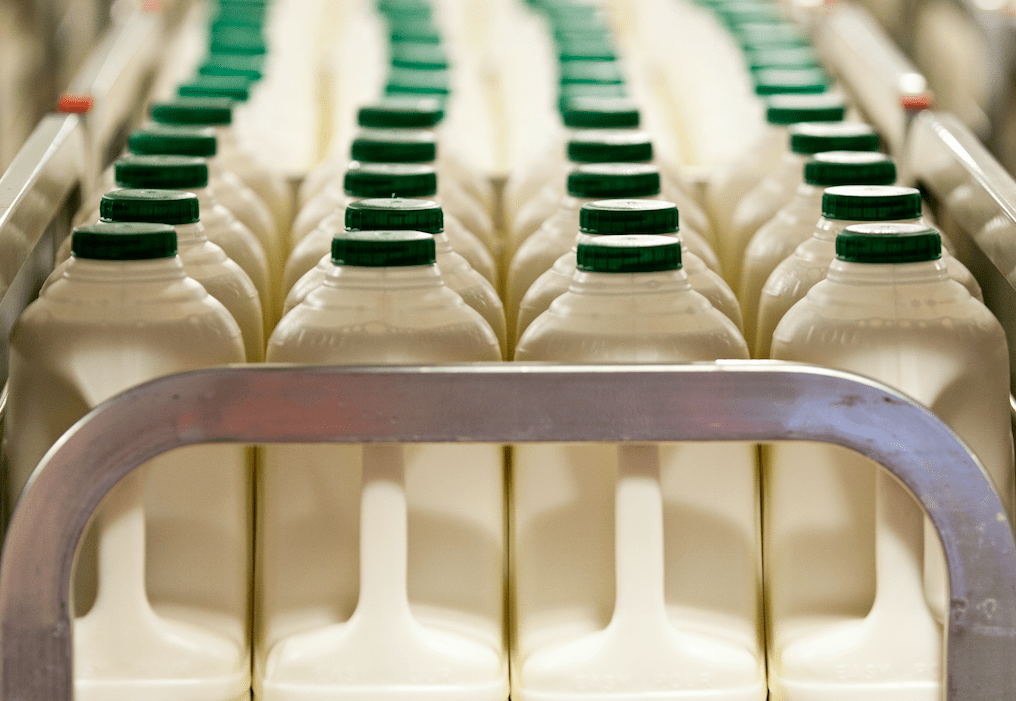Earlier today (Tuesday, November 10), Teagasc released a report in collaboration with Cork Institute of Technology (CIT) detailing how the lifting of milk quotas has affected the dairy sector in a number of countries, including Ireland.
‘An Analysis of the Irish Dairy Sector Post Quota’ touches on many questions that have cropped up in recent years as a result of the abolition of quotas.
One of the key questions is that of funding expansion.
This money, in turn, cannot be used for other purposes such as providing a higher milk price, the report argued.
The researchers highlight that there are a number of schools of thought on the best model for funding additional capacity in the dairy processing sector.
One of these is that only farmers who have expanded production should pay for the expansion of processing capacity. Another theory is that processors should pay for it and this should be reflected in the milk price generally.
Irish scenario
The report suggests that a model of centralised processor investment “makes sense” in Ireland, due to the vast number of farmers here who have expanded.
An advantage of this type of model, the researchers argue, is that resources are generally scarce, which forces discipline around the investment decisions.
However, despite this, the report stresses that “it is extremely clear is that there is no one model that is suitable, and that the optimum model changes over time”.
In this scenario, there would need to be two types of return to the farmer, based on milk price and return for investments made.
In that case, the report says, there would be a “constant struggle on how to generate an equitable milk price relative to return for investment”.
Shareholders
According to the Teagasc-CIT study, future funding models for dairy processing expansion, however they might look, would need to be “teased out” with shareholders.
The most complicated part of deciding funding going forward sits around rewarding shareholders/owners with a return for their investment versus paying the highest milk price possible all of the time.
The report argues that “milk price comparisons should be more nuanced than just looking at the milk price alone”.
“They should also take into account the industry structure ownership and funding structure as well as the seasonality of the industry as a whole if different across the comparisons,” it added.
